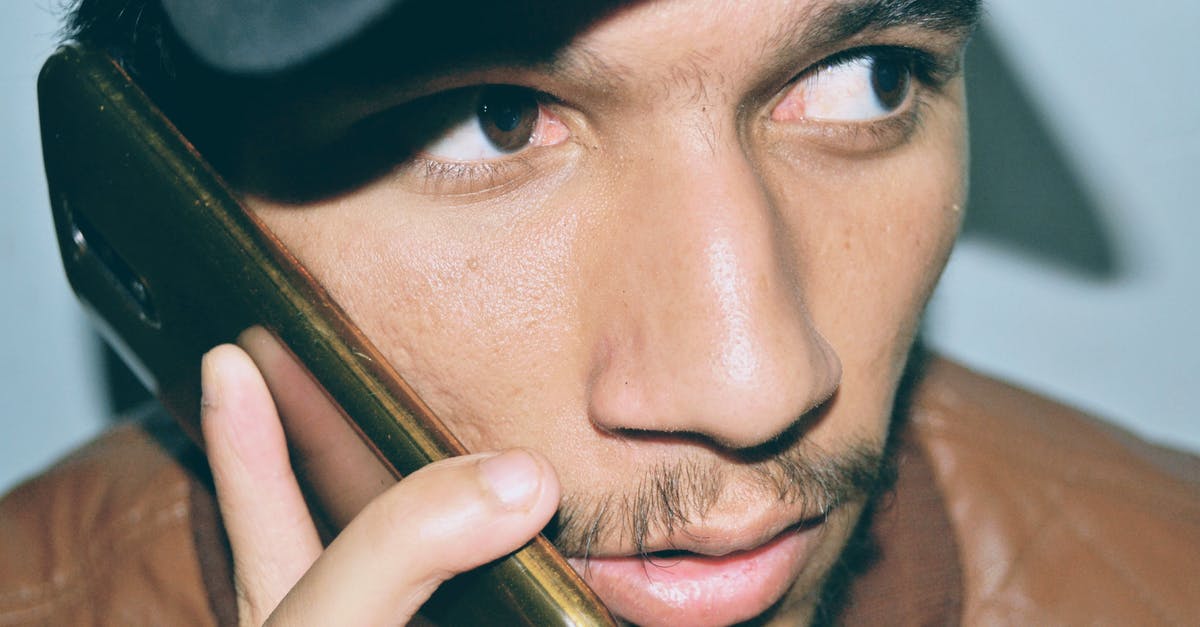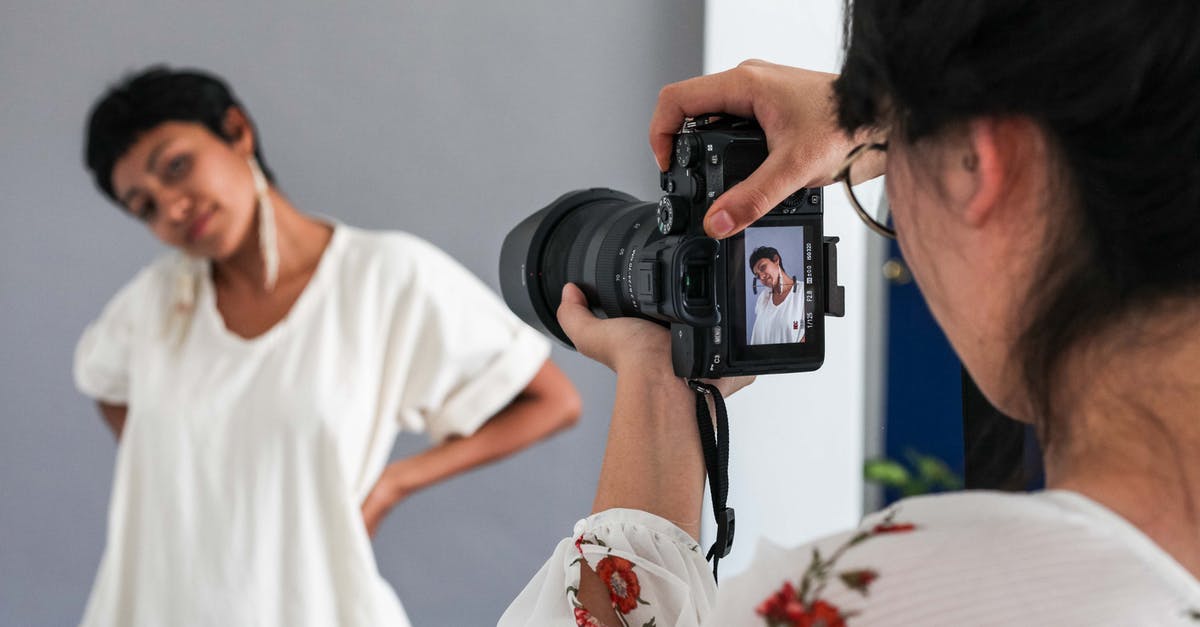What's the meaning of the movie The Wailing by Na Hong-jin?

The horror film 'The Wailing' (2016) by Na Hong-jin delivers a quasi-hysterical bloody rural ghost story which appears to stage a fight between good and evil (often being ambivalent about their distinction), but something more alarming and historically sinister seems to lurk beneath the surface.
Surely the demonisation of the single foreign character (a Japanese man) in Na's 'The Wailing' is not accidental. Set in the idyllic lushly vegetated mountains of South Korea, in a small community where everyone knows eachother, the presence of a Japanese newcomer is suspicious. Soon enough, the elderly Japanese man is depicted as a spooky loner, a rapist, a ghost, a killer, an evil shaman, and eventually as the devil himself. This representation is blatantly xenophobic, but the truth of the matter is that for the older generation of Koreans who either remember or grew up with grandparents who experienced the Japanese occupation, the representation of the Japanese male as evil, perverted, violent and immoral will touch an inner reality and fear. The film could possibly have treated a very important and complex matter concerning Korean-Japanese cultures and relations, but unfortunately it is not subtle about any of the cliches (and real facts) that dominate Korean culture about the Japanese.
In my opinion, the Japanese man in the film The Wailing (2016) is the return of repressed Korean history: the ghost of Korean suffering, humiliation, sexual exploitation, cultural colonisation and violence under the rule of the Japanese empire.
The sexual nature of one of the central character's drawings (the little girl Hyo-jin, daughter of the protagonist), her vulgar language and the insinuation of sexual molestation indicated by her bruises under her skirt caused by the Japanese stranger, the skin disease and madness following the villagers' possession by the same character, as well as the clear depiction of the same man as a rapist in a separate scene, become politically charged when we consider the film in the context of the main stumbling blocks in the diplomatic relations between Japan and South Korea: the sexual exploitation of millions of Korean women who were captured by the Japanese and turned into sex slaves (euphimistically called 'comfort women') for Japanese soldiers. They were kept in cells, raped systematically, some contracted syphilis, some became mentally disturbed.
In addition, the film depicts a cultural and spiritual conflict represented in the battle between different religious practices and traditions. A Korean shaman and his ritual appear to have an understanding of the situation and offer a solution to the demonic possession of the little girl (and the entire village). However, the main character (Officer Jong-goo) interrupts the shamanic dance and the Japanese stranger (the evil) survives the harm he suffers (remotely) from the shamanic ritual. Next, officer Jong-goo goes to a Christian priest for advice. The priest instructs him to take his daughter to a doctor. While the practices of the Japanese man are depicted as demonic, Western religion appears to have little understanding of the situation, to have lost touch with the soul and instead suggest physical healing to spiritual problems.
Is the director suggesting that the Korean people have lost touch with and trust in their own spiritual roots and tradition? Is he making a comment about the popular Christian movements in contemporary South Korea and the inability of the West's intervertions to keep an equilibrium in the relationships between the two neighbours (Japan and S Korea)? If we choose to look at the film through a political lens, I think all these are hinted at and the film begins to read like a horrific allegory.
A curious moment in the film arrives when the evil Japanese character progressively transforms into the devil with each photograph he takes with his Minolta camera (an iconic Japanese brand). Like many other moments in the film, it feels heavy-handed and strangely funny. Is it a sarcastic comment on the relationship the Japanese have with technology and especially photography? Is it a straight-forward demonisation and fear of Japanese technological advancement?
The police officer's mother - the grandmother in the film - appears to be the only strong-minded, assertive character in the film, whose will, instinct and logic of care are unshaken. If only the film represented a more feminine perspective and gave her a stronger voice, then violence, male hysteria and female suffering would have had a different balance and found a better resolution. It would also have been interesting to have seen a direct confrontation, exchange or reconciliation between the Korean grandmother and the Japanese stranger who is of the same generation, both of whom share a traumatic historical moment involving the two nations.
As it stands, we navigate the film through the very conservative view-point of officer Jong-goo who represents male and state authority stunned, panic-stricken and lost; unnerved by neighboring Japan and its technological advancements, despairing about the dissolution of Korean tradition and value system, haunted by its unresolved past.
It is true that while German Chancellor Willy Brandt in 1970 knelt down during his visit to a former Jewish Ghetto of Warsaw, where World War II started when Germany invaded, Japan is often scorned for its lack of remorse and for not apologising for the war crimes it is responsible for. But a recent pubic apology was given to Korean people by Japan for the grave matter of 'comfort women' which has been a stumbling block in diplomatic relations between the two nations. But films like 'The Wailing' are terrifying reminders that while histories may be repressed, forgotten or simply not passed on to younger generations, the haunting of traumatic memories is transgenerational.
Best Answer
Here is an interview given by the director of the movie. I'm Korean and I just finished watching the movie.
<??>? ??(???)? ??? ?????? 2?? 36??? ??? ???? ???. ?? ??? ???? ? ??????? ???? ???? ????. ???? ??? ?? ??? ????. ?? ??? ??? ?? ?? ??? ??? ??? ??? ???, ????? ?? ???? ? ??? ????. ????? ?? ??? ???? ???? ?? ???? ??? ??? ?? ????. ???? ??? ??? ?? ???? ????, ???? ????? ????.
I'll try to loosely translate what he said:
The Wailing is about a movie where the Jong Gu (the father) is trying to protect his family from an unknown super natural danger for 2 and 1/2 hours. The danger he faces does not move quickly and makes the big bang, rather it moves quietly and disturbs your scenes. How should I explain such a subtle danger? It's not like "someone stabbing you with a knife" kind of danger. It's more like "virus infection" kind of danger. When you get infected with Virus, you are fine for a while but the symptoms seep in. As far as casting Japanese, I was just looking for foreign actors who resemble Koreans.
(He wanted foreinger to signify "foreign" danger. but close enough to Korean since this movie about confusion and not knowing who to trust.)
???? ???? ?? ??? ????. ???? ?????. ??? ?? ? ??? ????? ?? ??? ??. ?? ?? ?? ??? ? ??? ???? ??. ???? ?? ???? ????. ??? ??? ????. ?? ??? ???? ??? ?????? ????. ????? ??? ??? ???. ??? ??? ???? ??? ?? ???? ?? ??? ????.”
Translation:
The main character Jong Gu is trying everything to defend against the unknown threat. If you think of war happening at a Castle, You need to get your team in your castle and prevent the enemy from entering the castle. But how do you know whether someone who wants to enter the castle is the friend or the foe? You must ponder, and have to wonder about it. You can trust some and not trust others. Your Trust (faith) or Suspicion is on a fine balance. To talk about such a topic. I needed materials to reference. I have been reading the Bible since I was the kid. I used the Bible verses and references to show the intention of the movie.
Basically, this movie is about a man's desperate attempt to save his family from harm's way. But since he is fighting agaist an evil spirit, it's out of his depth to fight it by himself. He needs outside help and guidance but who do you trust? How do you know? Are they your friends or foe? Do I enter the house or not?
In the reference level... Bible verses are used A LOT.
Matthew 4:19 New International Version (NIV) 19 “Come, follow me,” Jesus said, “and I will send you out to fish for people.”
Foreigner is using the suspicion against him to kill everyone in the village. He is setting baits like fishing.
John 8:7, viz. “He that is without sin among you, let him first cast a stone at her.”
The entrance of the Female Spirit ( You can think of her as the town spirit who try to save people.. or guardian angel, or god sprit )
1 Peter 5:8 New International Version (NIV) 8 Be alert and of sober mind. Your enemy the devil prowls around like a roaring lion looking for someone to devour.
The foreigner in the dreams and encounters, the artifacts in the house points to devil, evil.
Luke 24:41-43 King James Version (KJV) 41 And while they yet believed not for joy, and wondered, he said unto them, Have ye here any meat? 42 And they gave him a piece of a broiled fish, and of an honeycomb. 43 And he took it, and did eat before them.
The girl eating the fish. (It does not mean she is Jesus.) After Jesus rose, he ate a fish. it's a turning point of his being. The girl after the illness awoke up and ate fish. She is entering a different person (possessed by evil sprit)
Exodus 20:5 Thou shalt not bow down thyself to them, nor serve them: for I the LORD thy God am a jealous God, visiting the iniquity of the fathers upon the children unto the third and fourth generation of them that hate me;
the Sins of the father mentioned in the movie.
Matthews 14:72 "72 Immediately the rooster crowed the second time.[b] Then Peter remembered the word Jesus had spoken to him: “Before the rooster crows twice[c] you will disown me three times.” And he broke down and wept."
The good spirit warns Jong Gu to Do not enter the house. The Good spirit said I set the barrier around the house to trap the evil spirit and he just has to wait for 3 rooster crows. Jong Gu could not trust her, and broke in after 2.
Pictures about "What's the meaning of the movie The Wailing by Na Hong-jin?"



What is the message of The Wailing?
This movie signifies the journey of trust. It can be said that the village is taking a test of the trust the villages have in good and bad. If the father, and all others who died, would have trusted then they would have been alive. But as they don't trust the angel, they are killed.Minecraft wait what meme part 255 (Steve's heart)
More answers regarding what's the meaning of the movie The Wailing by Na Hong-jin?
Answer 2
I feel the possessed daughter is the innocent children in Korean that is still possessed by the Japanese occupation. The Shaman that comes along (representing America and Capitalism) is willing to exorcize the Japanese evil out of Korea but only for money. The Shaman puts on a Nike track suit at one point representing American Capitalism. The Shaman, however, is in cahoots with the Japanese and if you look at the history of S Korea, it was created by American-backed Koreans who collaborated with the Japanese. In the end, the Shaman (America) picks up the photos, the souls of Koreans to follow where the Japanese ended off. Moo-myeong is Korean tradition, the pure form before the Japanese occupation. It is trying to get the father to listen to it, but the father, the older generation of Koreans, is too ignorant and proud to listen. He doesn't believe in traditional Korean and is confused by the American who dresses up as a traditional Korean shaman only to don an American track suit. The Christian religion is of no use to him either, because it is powerless against the history of Japanese occupation and the new American fake shaman of Capitalism. The older generations of Koreans want to protect the younger generation, but it is too late. The younger generation is possessed by Capitalism, materialism, egotism, superficiality, cosmetic surgery, etc. and ultimately kills the older generation in the end and Korean heritage itself. The American fake shaman picks up the souls (photos) and drives off to devour another culture.
Answer 3
Sometimes we tend to complicate things when in reality things can be explained in very simple terms. Our original "fathers" did sin against God. Therefore we all are "broken" nevertheless have the freedom to choose between doing good or choose to do evil (complete freedom which equates to perfect love).
This is what the Angel refers to at the end of the movie. Angels and demons are spiritual beings although it is believed they do take physical form though it is very rare. Demons are also spiritual beings and they can take posession of people's will and body -if- invited in.(Witchcraft and sorcery).
The world is the scene of an epic battle between good and evil. People invite evil or choose good every day. Faith answers to God and doubt and fear to the Devil. The Angel fights off the Devil and demons all throughout the movie. The Japanese shaman is the devil's subject. He chooses people, prepares the scene, performs the "exorcisms" and when people are tested, they choose doubt and fear and then they are killed or they survive the attacks according to their choice based on freewill. Then the devil's subject and demon moves on to get more souls.
At the end of the movie, we see and understand the Devil and evil are real indeed. Nevertheless, he is unable to take anyone if people hold strong to Faith and what cannot be seen. True and pure love -fidelity to the most sacred covenant between people has a special place at the end of the movie when we see the dad and daughter come together in complete happiness and union.
Answer 4
If the woman in white was she who was without sin then why was she the one who told him that the reason why the disease in the village was spreading was because the Shaymin allowed to finish the ritual?
I believe the woman in white is the ghost of the little girl who died during her first fever that's why of the end he said wait a minute she was sick before he arrived she was sick before!... that's because she had already died!
Also at the end of the movie they're going around and around On a Carousel and he says don't worry to his daughter daddy is a cop I will take care of you.
I believe they killed the Japanese man in real life (fear and resentment of outsiders is a common theme throughout the world and in Korea especially resentment towards the Japanese people for historical persecution) then they all died and went to hell.
I believe it was the mushroom potion that made everyone hysterical in real life and they had symptoms of poisoning and hallucinations.. as reported in the media but because they were insulated and somewhat ignorant and stupid villagers... they automatically attacked what they didn't understand... I believe the Japanese man the first time was a Buddhist Shaymin who was trying to do healing rituals for the village because of the bad potion.
The people didn't understand that they attacked him kicked him down the mountain... and then they themselves all died when they almost (but really did die) in the truck coming down the hill... same thing happened to the Shaymin in white.. he was a city slicker from Seoul who was there simply to profit off the dumb villagers who didn't know any better and who also got the cause and the correlation wrong and he too died when he was hit by a plague of locusts.... and I believe they are all in Hell repeating around again for either their participation in blaming and harming an outsider or their failure to help.... as in the case of the priest who went below and talk to the Japanese man who is the devil now manifesting in the dead Japanese Shaman's body in his real form he told the priest who told you I would let you leave?
And you know that the white girl is the little girls dead Spirit grown up either she's manifesting as herself older or her dad died previously to her and when she passed on that is her ghost trying to help him break out of the cycle of hell because he saw the pink hair clip he saw his daughter sweater on her and she said no you have it wrong and he said if you're a demon I cannot touch you and she held onto him as hard as she could drawing blood not wanting to let him go and he ran away...
And the movie ends with them on the carousel going around and around for all eternity don't worry he says I love you my daughter I am a cop and you will always be safe....
Sources: Stack Exchange - This article follows the attribution requirements of Stack Exchange and is licensed under CC BY-SA 3.0.
Images: Enoch Patro, Jeswin Thomas, Los Muertos Crew, Pavel Danilyuk
